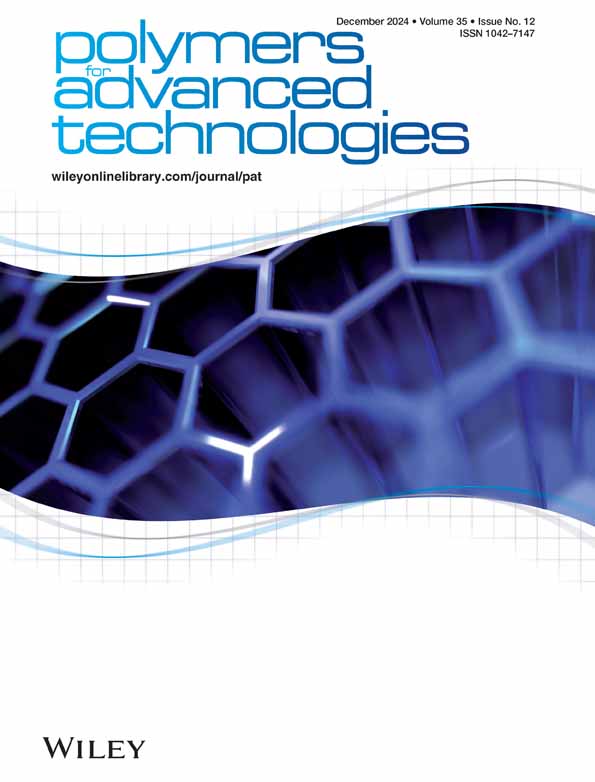The Role of Hydroxy Substituent Position in Hydroxybenzonitrile Homologs on the Curing Behavior and Mechanical Properties of Cyanate Ester Resins
Funding: This work was supported by Innovation Science Foundation of National University of Defense Technology, 22-ZZCX-076. Project for excellent young scientist in College of Aerospace Science and Engineering of National University of Defense Technology, KY0505072210.
ABSTRACT
The application of cyanate esters has been greatly limited by their high curing temperatures, which induce residual thermal stress and subsequently degrade their mechanical properties. In this study, hydroxybenzonitrile homologs (HBNx) were developed to reduce curing temperature of bisphenol E cyanate ester (BECE) while improving their mechanical properties. It was found that the position of hydroxy (-OH) substituent in HBNx had a significant impact on the curing temperature of BECE. Among the homologs, ortho-hydroxybenzonitrile (HBN2) demonstrated the highest reactivity, as indicated by quantum chemical calculations and confirmed by differential scanning calorimetry analysis. As a result, the curing temperature of BECE was effectively reduced from 250°C to 140°C with the addition of 15 wt% HBN2. Additionally, the addition of HBNx improved the mechanical properties of cyanate ester resins and their composites reinforced by quartz fibers (GF). Specifically, the mechanical properties of HBNx/BECE castings remained at high levels, with impact strength, tensile strength, and flexural strength measured at 38.6 kJ/m2, 94.5, and 100.0 MPa, respectively. Furthermore, the mechanical properties of GF/HBNx/BECE composites exhibited an overall improvement, with the maximum enhancements in short-beam shear strength, tensile strength, and flexural strength reaching 78.0%, 27.3%, and 45.1%, respectively. Nevertheless, the hydroxy substituent position in HBNx had a relatively minor impact on these mechanical properties. This study presents a promising strategy for synergistically enhancing both the processability and mechanical properties of CE resins and their composites in a cost-effective manner.
Conflicts of Interest
The authors declare no conflicts of interest.
Open Research
Data Availability Statement
The data that support the findings of this study are available from the corresponding author upon reasonable request.




